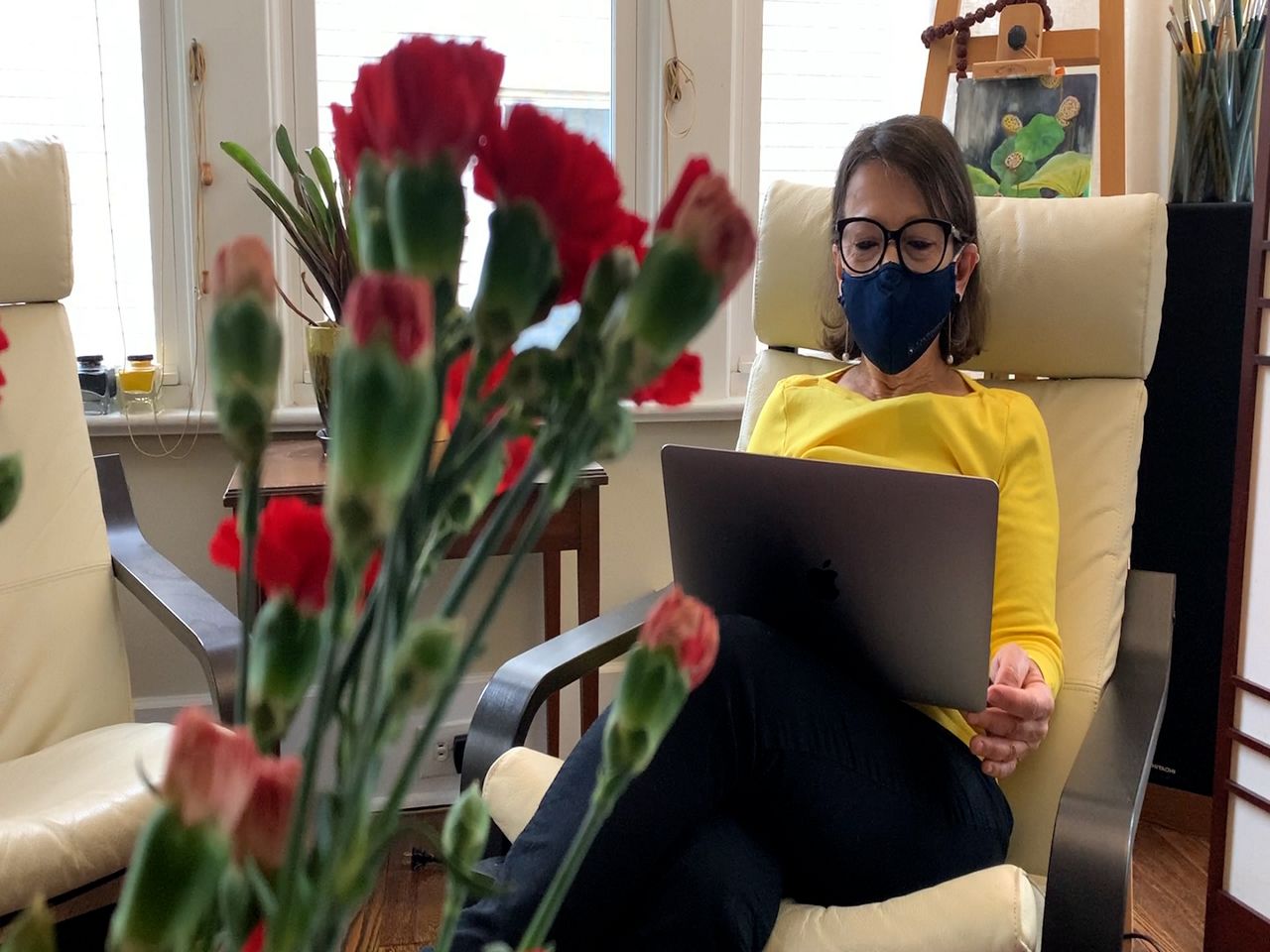OHIO — Case Western Reserve University Mathematics Professor Daniela Calvetti is fully vaccinated, yet she still wears a mask in public and socially distances from others.
“I wear my mask especially for others,” said Calvetti. “I don't want to get it. I don't want to get sick. I also would feel horrible being the person who brings the virus to or gives the virus to a friend who hasn't been vaccinated.”
This is because at the beginning of the pandemic she and a team of three other researchers developed a first-of-its-kind math model that predicts coronavirus spread based in large part on people’s behavior.
“I've been very excited about using mathematics to improve the quality of life to do good things,” said Calvetti.

Their research is published in an article in the SIAM News, a publication of the Society for Industrial and Applied Mathematics. The findings send a clear message – both of hope and warning.
The most recent graphs in their research show that not enough people are vaccinated to ditch the masks and social distancing.
“If we stay without masks we are risking that all of the effort that has been done to kind of like reduce the number of new cases vanish, they vanish,” said Calvetti. “So we may see another bump, another wave coming in, and that's pretty tough.”
According to her models, if vaccinations continue at the same rate but people stop social distancing and wearing masks, daily case counts could rise or even double from where they are today.
If vaccinations continue at the same rate while people continue to mask and socially distance, Calvetti predicts good news: We could be on track for a normal July 4 if people are patient and diligent a bit longer.
“By the beginning of July, the numbers should be so low. The number of new cases, it should be safe to go back and socialize,” said Calvetti. “So I think at that point, the risks will be so small that we could treat this like a flu rather than like a really deadly pandemic.”
There are more than 11 million people in Ohio and only about five million people have started the process of being vaccinated, according to the Ohio Department of Health.

“More than half of the population of Ohio has not even had one shot, a single shot of vaccine,” said Calvetti. “Seventy percent of the 20- to 30-year-olds are not vaccinated, which means that they could have the virus, they could spread the virus. They could also not have any symptoms. Of the 80-year-olds, I mean, 75% are vaccinated (and) 25% are not. So there is still part of the vulnerable population that is not covered by the vaccine.”
And just because you’re vaccinated doesn’t mean you’re 100% protected.
“The vaccine that I had should cover me, let's say 90. (Experts) say 90% — 90% to 95%. So it's a small probability. It's a small possibility that I catch it, but it's not zero yet,” said Calvetti. “So I would rather err on the side of being prudent.”
Although the vaccine is proven to be effective at keeping us from getting COVID-19, per the Centers for Disease Control and Prevention, they are still learning how well vaccines prevent people from spreading the virus that causes COVID-19 to others, even if you do not have symptoms.
The math model shows that the U.S. won’t see a significant and stable decrease in cases until closer to 70% of the population receives their first dose of vaccine, and that mask wearing and social distancing measures are needed in the meantime to contain the spread.
“Seeing a little bit of light at the end of the tunnel I think is great — gives you a great sense that we may have to struggle a little bit longer, but the end is near,” said Calvetti.
For more information on their mathematical model you can visit Calvetti’s website.



